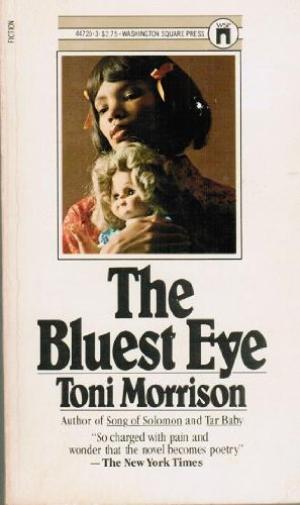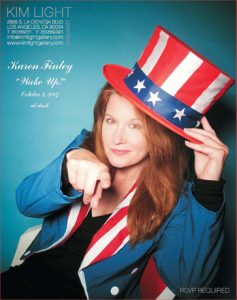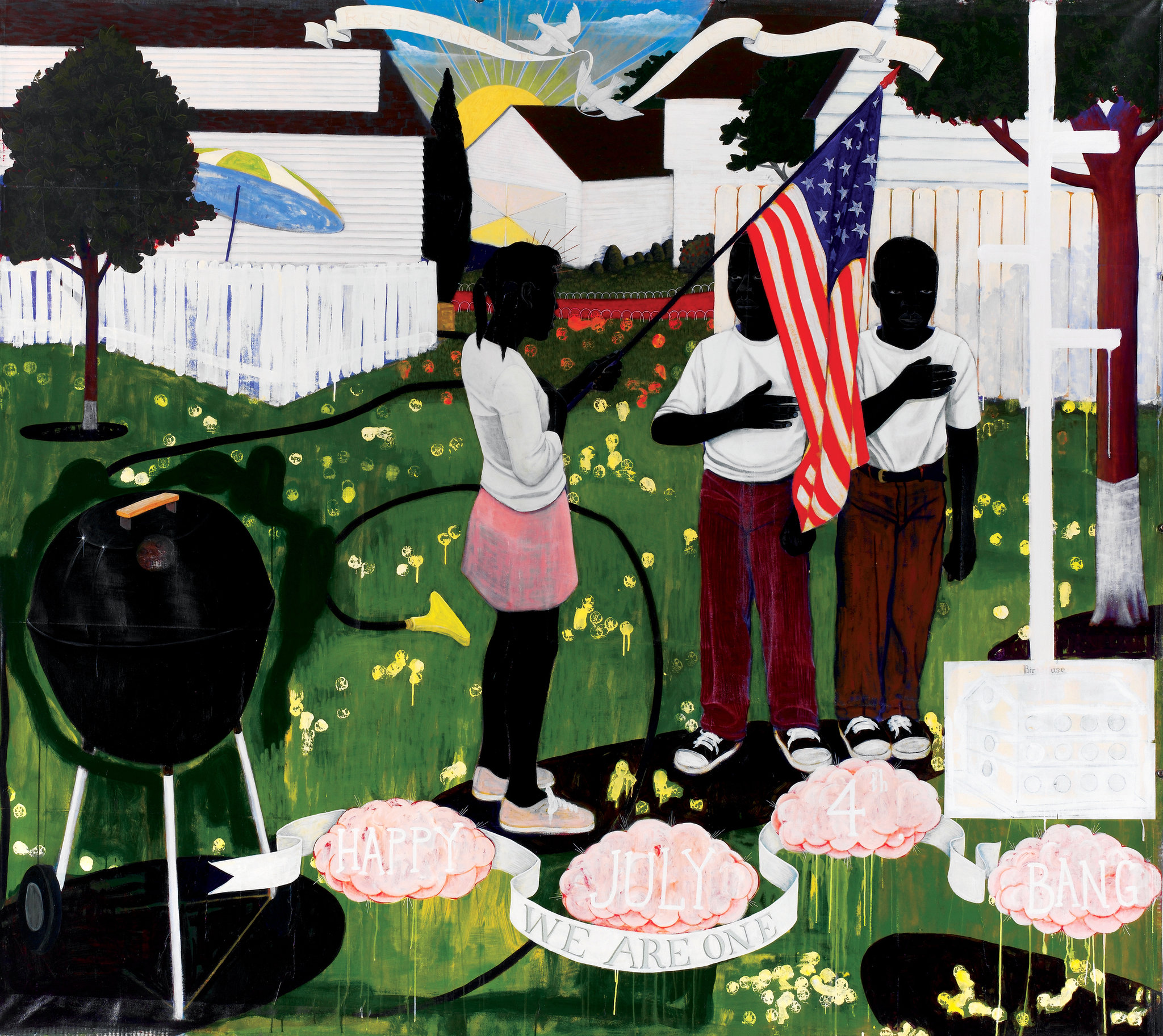 Recently I was at a dinner party of my peers, which is to say: Not Young People. (Thus far, most Generation Xers refuse to refer to themselves as middle-aged, though we surely are.) The subject came around, as it inevitably does these days, to the Trump administration and the turmoil wracking our country and world (besides France). ““I feel like there’s no protest music being made anymore,” said one friend. “Dude,” said another. “I feel like there’s no protest art being made anymore, period.”
Recently I was at a dinner party of my peers, which is to say: Not Young People. (Thus far, most Generation Xers refuse to refer to themselves as middle-aged, though we surely are.) The subject came around, as it inevitably does these days, to the Trump administration and the turmoil wracking our country and world (besides France). ““I feel like there’s no protest music being made anymore,” said one friend. “Dude,” said another. “I feel like there’s no protest art being made anymore, period.”
On the way home, I realized how much I disagreed with that statement. One of the fundamental roles of art always has been to shed light on the human condition–to increase our empathy for each other. Even art that ostensibly focuses only on beauty–Monet’s lilies, for example, or ee cummings’s lowercase homages–is also about love and mortality, which brings us back to the human condition. And the concept of “beauty” has always been subjective and intensely fraught; read Toni Morrison’s The Bluest Eye if you need a refresher on that concept.
But let’s not be fatuous. Not all art is equally charged. Karen Finley’s performance art is a provocative tool of second-wave feminism while “Guardians of the Galaxy Volume 2″ hardly challenges the status quo in any significant way. To even compare the two seems ridiculous, which begs the question: Isn’t there a place for fluff-o-tainment that allows us to turn our brains off sometimes? Isn’t there room in our cultural arena for, say, the “Real Housewives” television franchise and “The Wire,” David Simon’s potent examination of Baltimore power structures? For James Ellroy’s pulpy noir and Paul Beatty’s sharply observed fiction? For the works of kitsch masters Walter (and Margaret!) Keane and activist-artist Kerry James Marshall?
Theoretically, the answer is yes. American life is as stressful as it’s ever been, and a degree of empty-calorie TV is arguably better than dipping too heavily into liquid courage or more toxic forms of dissociation. But binging on Marvel adaptations and the latest Kimye drama does feel pretty “let’em cake” when many of the core values of this country are being discarded, willy-nilly onto the lawn of Mar-a-Largo. Even spectacularly crafted films like “Manchester by the Sea” feel aggressively irrelevant to some. To wit: Do we really need more art bemoaning the plight of white men grappling with their demons while Muslim bans loom, white supremacists are marching across America, and LGBT and women’s rights are being stripped daily, and Rome, er, the U.S. Constitution burns?
Some may feel awkward deploying the phrase “get woke,” but audiences need and want art that rouses us to action and awareness rather than lulling us into “La La Land.” Witness how that Emma Stone-Ryan Gosling movie musical did not score as highly at the box office as “Hidden Figures,” the biopic about the three black, female NASA workers who helped get the first man on the moon. The dystopia is now, and we are looking to projects like Hulu’s searingly smart adaptation of Margaret Atwood’s “The Handsmaid’s Tale” to underscore that reality.
So should art be first and foremost political? Definitely not, for artistic works that overtly push a platform feel so forced that they border on clumsy PSAs. (Anyone who survived the eighties knows someone who tried drugs as a result of Nancy Reagan’s oddly enticing “Just Say No” campaign.) The message movies of latter-career John Sayles often feel like pamphlets handed out at a rally and, while sumptuously multi-everything, the Wachowskis’ “Sense8” Netflix series drowns in the glut of its good intentions. (Its cancellation was something of a relief for this reporter.) Better to highlights an under-recognized world or perspective by folding it into strong storytelling – what Zadie Smith achieved so matter-of-factly in her dazzling debut novel, White Teeth, about the dovetailing of two multi-ethnic, multi-generational London families, and what Kerry James Marshall does in “Mastry,” his career retrospective examining the African-American diaspora through various painterly tropes.
It says a lot that the sales of such painfully prescient dystopias as 1984 have increased since November 9, 2016. It says even more that  “Moonlight,” an indie with no stars about a gay, black drug dealer, found an enormous audience and enormous accolades at the beginning of this year. More than junkfood entertainment, we need “beautiful resistance,” art that engages us in social justice concerns, human compassion, love, courage, and dissent. The human condition encompasses all humans – not just the white, cis-male, straight faces in most of the highest offices in the land. Our art and entertainment should reflect this. I have terrific faith that such work is being made – that you are composing glorious rhymes and symphonies and murals and photos and novels and dances and films and installations and so many other wondrous wondrous wonders even as I write this. I have faith because I have faith in you.
“Moonlight,” an indie with no stars about a gay, black drug dealer, found an enormous audience and enormous accolades at the beginning of this year. More than junkfood entertainment, we need “beautiful resistance,” art that engages us in social justice concerns, human compassion, love, courage, and dissent. The human condition encompasses all humans – not just the white, cis-male, straight faces in most of the highest offices in the land. Our art and entertainment should reflect this. I have terrific faith that such work is being made – that you are composing glorious rhymes and symphonies and murals and photos and novels and dances and films and installations and so many other wondrous wondrous wonders even as I write this. I have faith because I have faith in you.
This originally was published at Signature.

